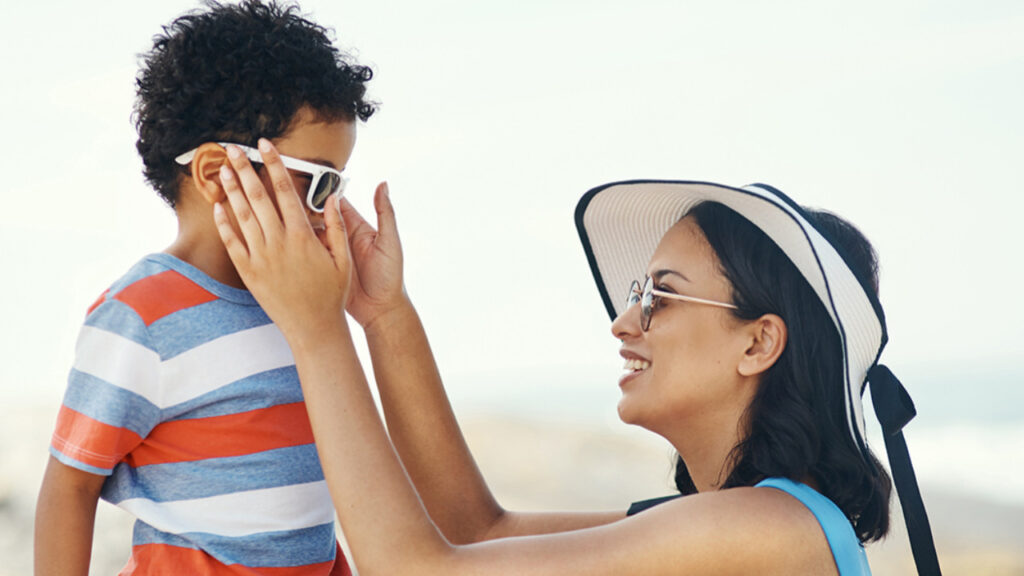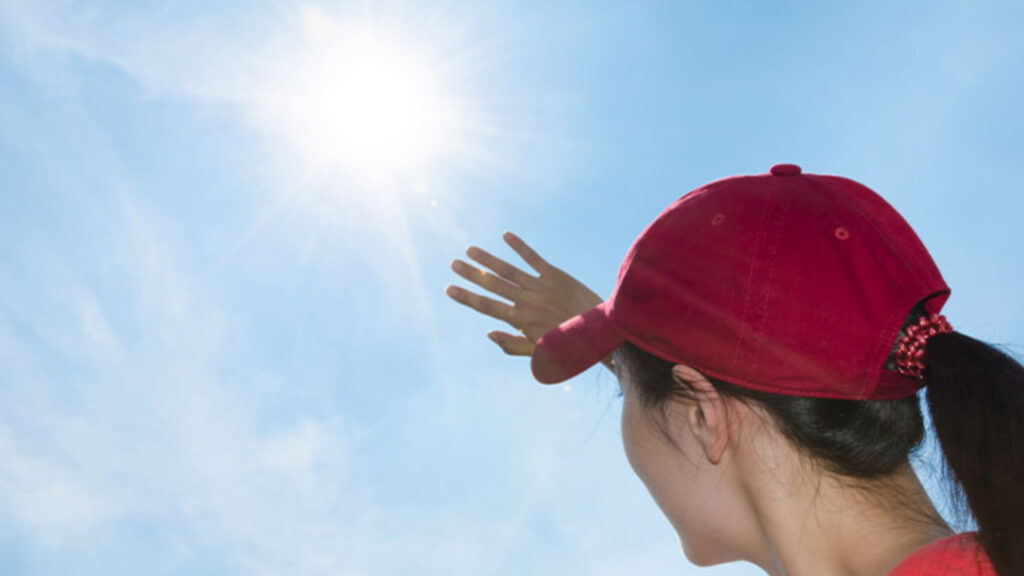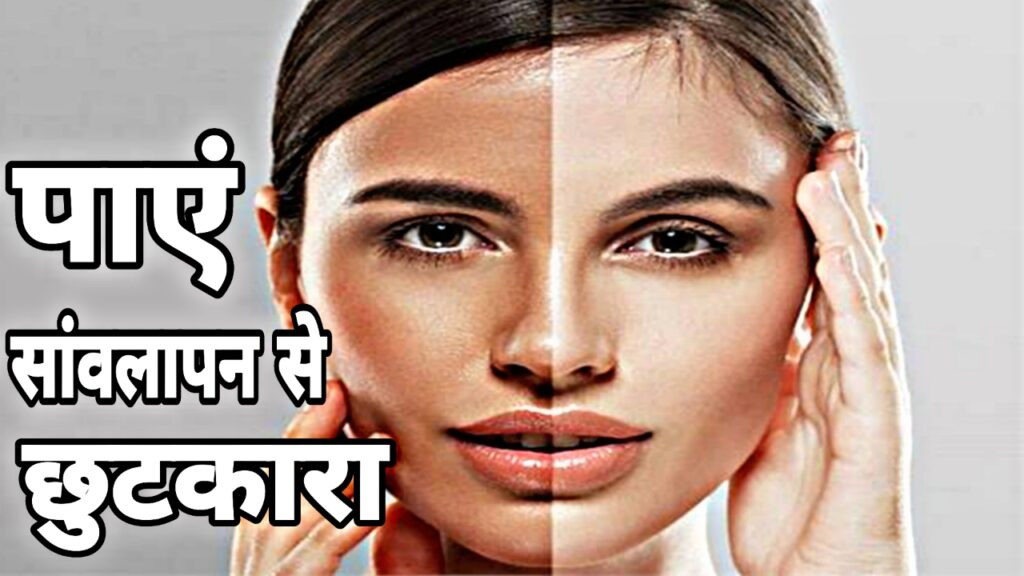Health News
Sunlight is essential for life, but overexposure to it especially to ultraviolet (UV) rays can harm your eyes over time. Just like your skin needs protection from the sun, so do your eyes. Here are some simple and effective ways to keep your eyes safe when you’re out in the sun.

Protecting your eyes from the sun is simple and essential. By wearing the right sunglasses, using hats or visors, and avoiding direct sunlight, you can significantly reduce your risk of eye damage. Take a few extra steps today to keep your vision clear and your eyes healthy for the future.
Wear UV-Protective Sunglasses
Not all sunglasses are created equal. When choosing a pair, look for labels that indicate 100% UV protection or UV400. This ensures the lenses block both UVA and UVB rays, which are the most damaging forms of ultraviolet light. Wraparound styles are even better, as they prevent rays from entering from the sides.

Use a Wide-Brimmed Hat
Pair your sunglasses with a wide-brimmed hat to add extra protection. A hat can block up to 50% of UV rays and help reduce the amount of sunlight reaching your eyes. This is especially helpful during peak sun hours between 10 a.m. and 4 p.m.
Avoid Looking Directly at the Sun
Never stare directly at the sun, even during an eclipse. Doing so can cause permanent damage to your retina, known as solar retinopathy. It may not be painful, but the harm can be serious and irreversible.
Limit Exposure During Peak Hours
UV rays are strongest in the middle of the day. Try to stay indoors or in shaded areas during these hours. If you must be outside, take extra steps to protect your eyes and skin.

Wear a Cap or Visor When Active Outdoors
When playing sports or exercising outside, a cap or visor can offer additional shade. This is especially useful for children and athletes who spend long periods under the sun.

Know the Risks of UV Exposure
Long-term exposure to UV rays can lead to serious eye problems, including cataracts, macular degeneration, and growths on the eye. Being mindful of these risks can encourage healthier habits.





